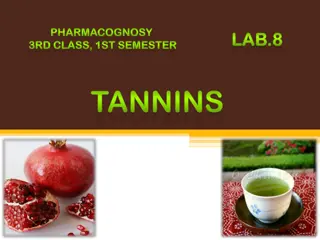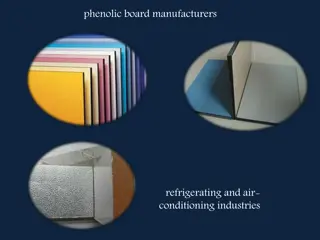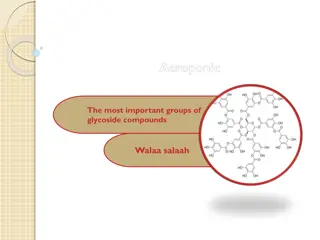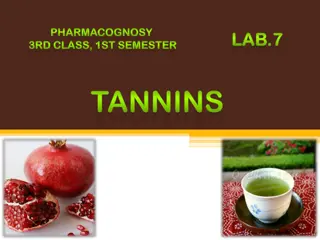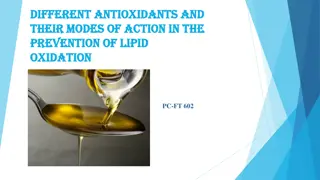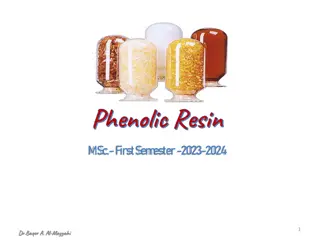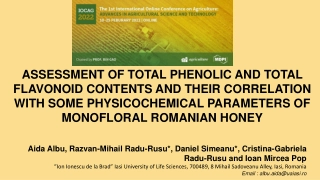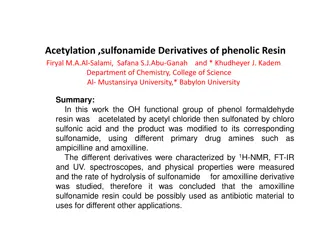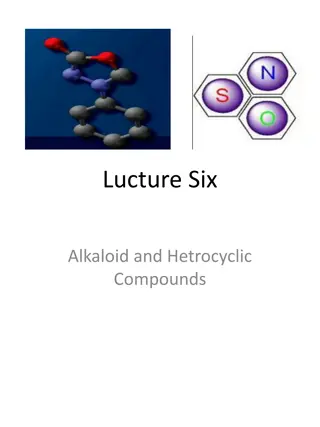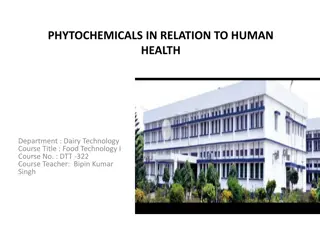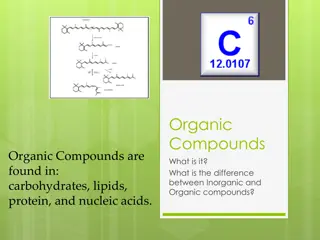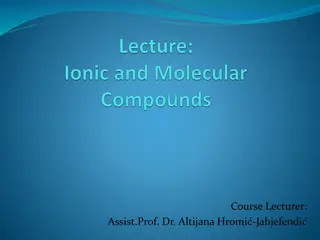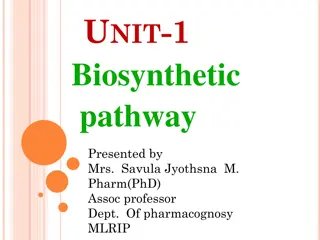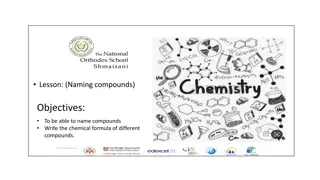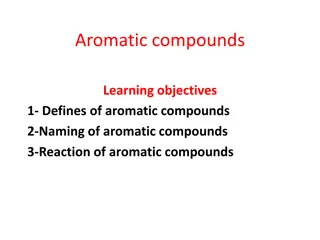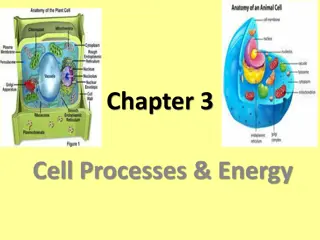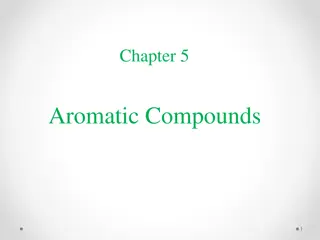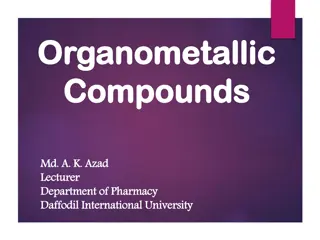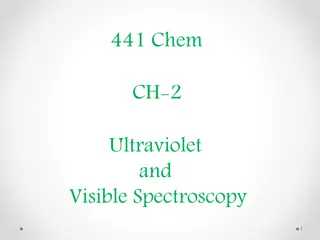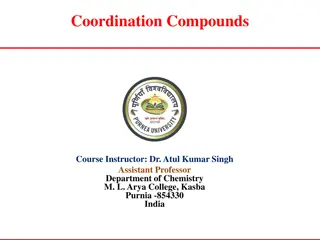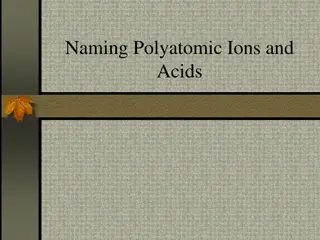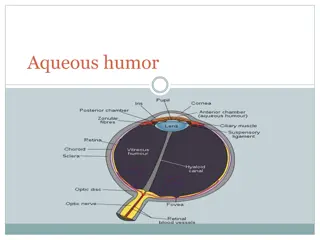Understanding the Role of Phenolic Compounds and Antioxidants in Health
Free radicals, oxidative stress, and the importance of antioxidants in combating these processes are discussed. Phenolic compounds found in plants have strong antioxidant properties, potentially aiding in the prevention of chronic diseases. The relationship between phenolic compounds, oxidative stress, and overall health is explored.
Download Presentation

Please find below an Image/Link to download the presentation.
The content on the website is provided AS IS for your information and personal use only. It may not be sold, licensed, or shared on other websites without obtaining consent from the author. Download presentation by click this link. If you encounter any issues during the download, it is possible that the publisher has removed the file from their server.
E N D
Presentation Transcript
Estimation of Total phenolic content in different plants 1 BCH445 [Practical]
Free radicals: Free radicals are those particles and molecules that cause damage to the body's cells and essential fatty acids by their ready reactivity and oxidizing ability. This characteristic is defined by their unpaired electron. These free radical molecules are released during the normal metabolic process of oxidation. 2
Free radicals: Free radicals come from a wide variety of sources but mainly our diet. The biggest source of ingested free radicals is probably fried foods and heated cooking oils, e.g. potato crisps/chips, french fries, onion rings etc. (fried in vegetable oils which oxidises readily into free radicals). 3
Oxidative stress: Oxidative stress is an imbalanced state where excessive quantities of reactive oxygen and/or nitrogen species over come endogenous antioxidant capacity, leading to oxidation of a varieties of biomacromolecules, such as enzymes, proteins, DNA and lipids. 4
Oxidative stress involve in the development of chronic degenerative diseases including coronary heart disease, cancer and aging. 5
Antioxidants: Antioxidants are defined as compounds that can delay, inhibit, or prevent the oxidation of oxidizable materials by scavenging free radicals and diminishing oxidative stress. Fruits and vegetables contain a wide variety of free-radical scavenging molecules, including phenolic compounds, carotenoids, and vitamins. 6
Phenolic compounds: Phenolics are compounds possessing one or more aromatic rings with one or more hydroxyl groups. Plant phenolic compounds are extremely heterogeneous and may range from simple monomers to very large polymers. Studies have shown that consumption of food rich in phenolics can slow the progression of various debilitating diseases. Therefore, mostly, the current focus is on the anti-oxidant action of phenolics. 7
The antioxidant activity of phenol is mainly related to redox properties. Tea remains one of the most popular beverages world-wide and contains a variety of phenolic compounds which are potent antioxidants. 8
Objective: Determination of total phenolic content in green tea and black tea. 10
Principle: In this method, we will use a colorimetric method, the Folin-Ciocalteu assay, to quantify the total phenolic content of the samples. The oxidation of a phenolate ion from the sample and the reduction of the phosphotungstic- phosphomolybdic reagent which known as Folin-Ciocalteu, the result of this reduction produce a blue complex that absorb light at 650nm. 11
Principle cont: The reaction must take place under alkaline conditions in order to aid with the uptake of oxygen by the phenol , which occurs most efficiently near the pka (approximately 10) of the phenol, and this is done by the addition of sodium carbonate. 12
Method: Tube Catechol standard 5mg/100ml Sample (ml) Dist. H2O (ml) Folin-Ciocalteu reagent (ml) Na2CO3 (ml) 1 0.2 -- 3.8 2 0.4 -- 3.6 3 0.6 -- 3.4 4 0.8 -- 3.2 Wait 5 1 -- 3 0.5 ml 2 ml 3 min 6 1.2 -- 2.8 7 1.4 -- 2.6 Black tea -- 0.1 3.8 Green tea -- 0.1 3.8 Coffee -- 0.1 3.8 Mint -- 0.1 3.8 13
Method: Mix thoroughly and measure the absorbance at 650 nm against a reagent blank. Prepare a standard curve using different concentrations of catechol. 14
Results: Tube Absorbance Concentration (mg/dl) 1 2 3 4 5 6 7 Black tea Green tea Coffee Mint 15
Calculations: The concentration from the standard curve x dilution factor = A . A x 1 dl = B .. B 2 grams ? 100 grams Phenol content= ..mg/100 g 16


